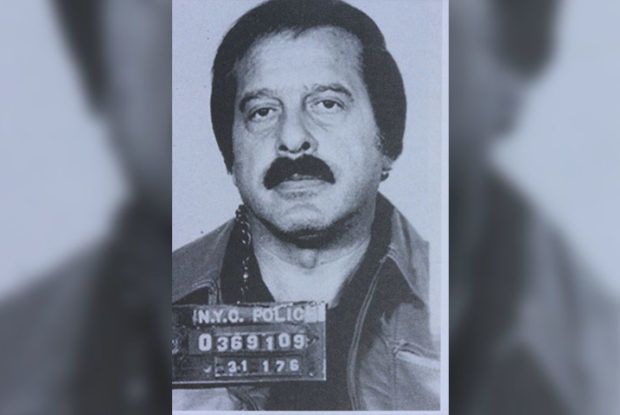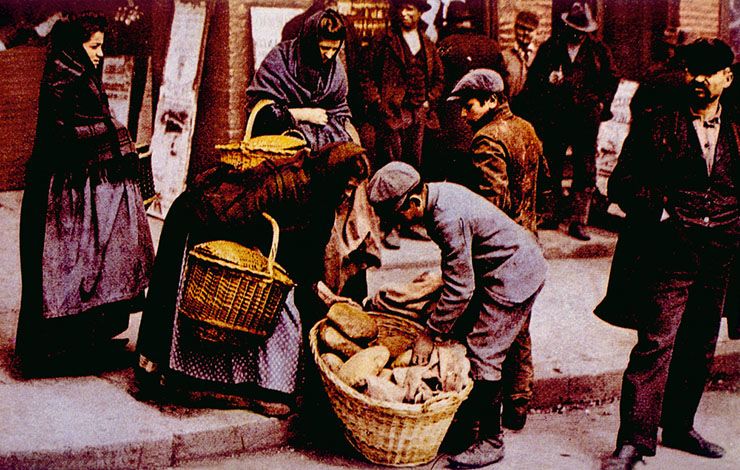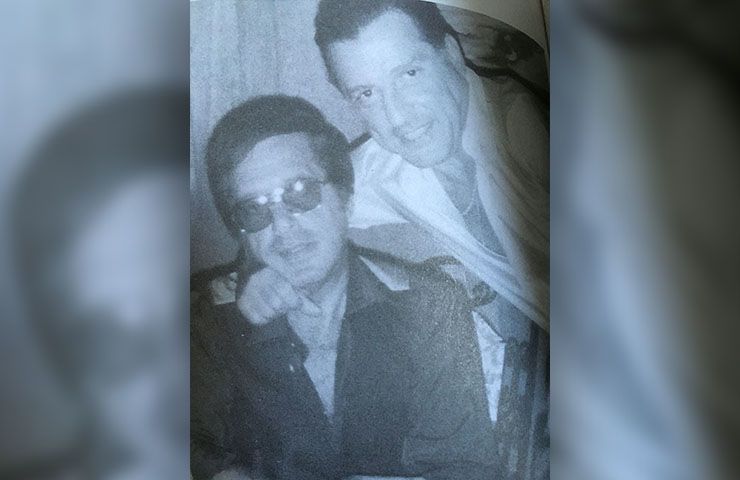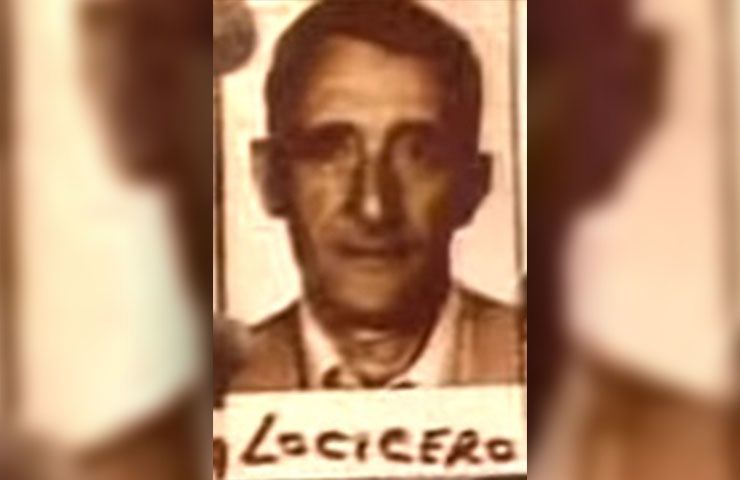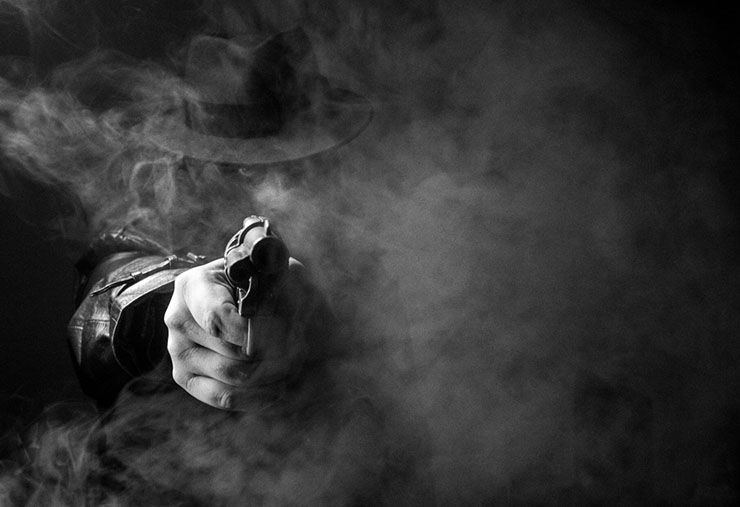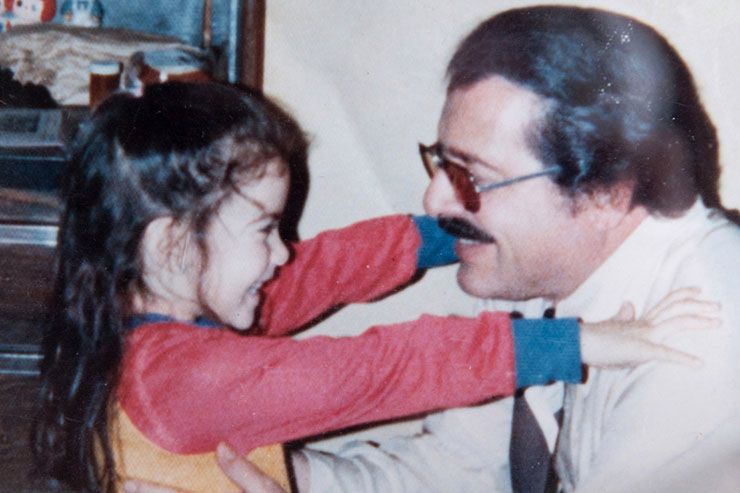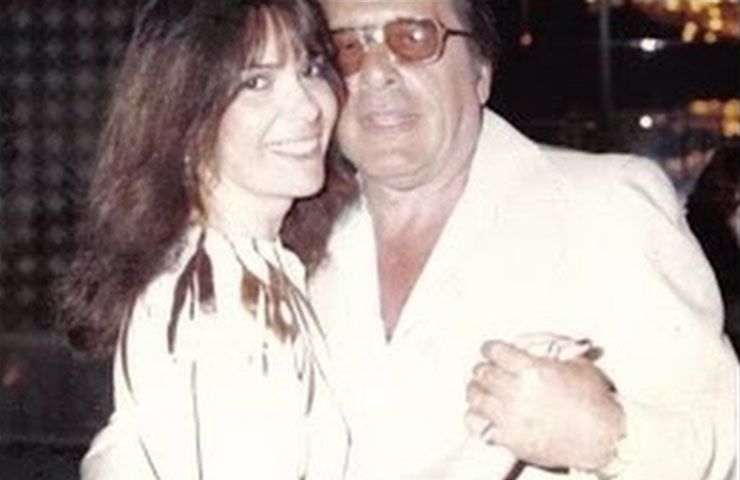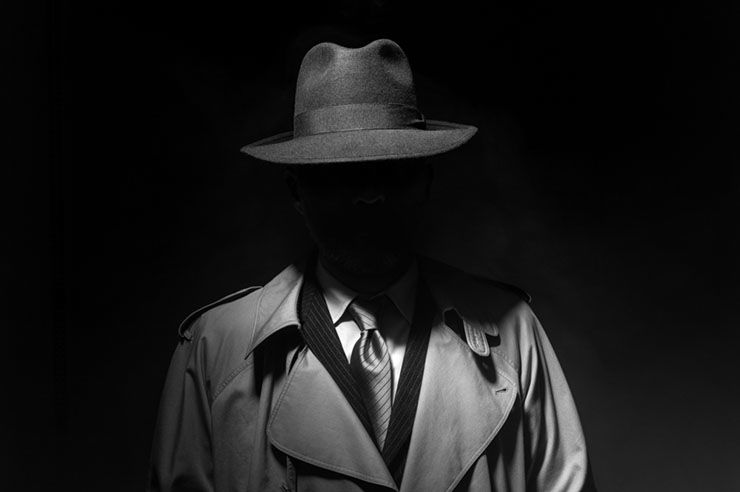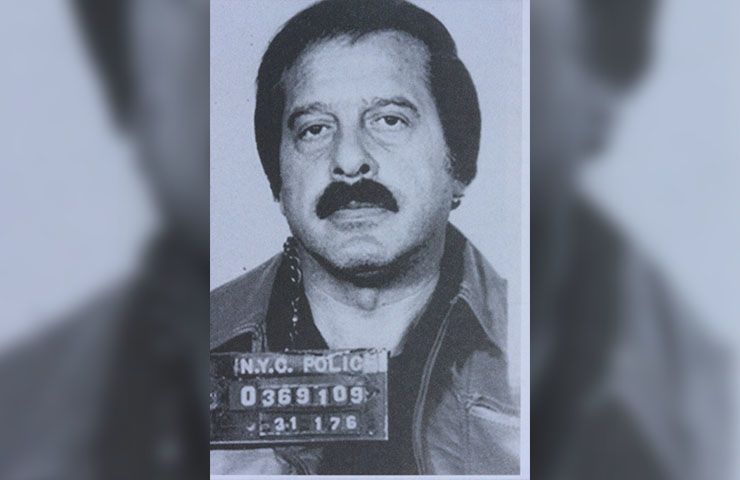The life of a successful career criminal can be, despite the risks, something to be envied at times. For decades we’ve seen and read stories of successful mobsters surrounded by drugs, money, women, and fine living. Of course, the reality is much less grand.
Greg Scarpa was a charming mafioso with a loving family, an unbelievable amount of money, and connections all across New York City. Of course, even criminals have secrets, and Greg Scarpa’s was potentially the most dangerous thing about him…
Immigrant Life
Greg Scarpa was born in Brooklyn to first-generation immigrants, Salvatore and Mary, who both hailed from the impoverished village of Lorenzaga of Motta di Livenza near Venice, Italy. Greg was the second of five children and by the age of seven, had been forced into working with his father as a coal deliveryman to make ends meet.
Famous Brother
The hard labor that Greg experienced would stick with him for the rest of his life. As he walked around the neighborhood, looking at the local mobsters living the easy life, Greg decided that a life of hard work was not for him. In fact, when Salvatore Scarpa, Greg’s younger brother, started working for the Colombo crime family, Greg saw his way into the life and at age 17, he found his way in…
Criminal Career
Greg was strong and street-smart, and his skills were soon noticed by local Profaci crime family mafioso, Charlie LoCicero. Before long, Greg Scarpa was invited to take part in a number of mob rackets such as: loansharking, bookmaking, and extortion. He soon earned a reputation for being brutally vicious when enforcing unpaid debts.
Made Man
By the time Scarpa had reached his early 20s, he took the final step to become a made man. Greg “made his bones,” as it were, by killing an anonymous mark on a Brooklyn street. He was finally in. He formed a crew under himself and together they got into illegal gambling, narcotics, counterfeit credit cards, and of course, murder…
Family Man
In the 1950s, just as his own criminal career was taking off, Greg met and married Connie Forrest. Together, the happy couple had one daughter and three sons, including Gregory Scarpa Jr., who would follow his father into the business when he finally came of age. The family was happy and Greg’s illicit businesses afforded them a comfortable life.
Stylish Gangster
Greg not only lived the good life as a gangster, he made sure that he looked the part as well. He was a stylish dresser who routinely carried upwards of $5,000 cash as “pocket money” for purchases and bribes. He owned homes in Singer Island, Florida, Staten Island, Brooklyn, and Las Vegas. He also had a secret apartment on Manhattan’s Sutton Place that his wife didn’t know about…
Secret Romance
Greg Scarpa and Connie separated in 1973, in part because his wife could no longer take the stress that her husband’s criminal career put upon the family, but also because Scarpa had apparently been seeing a mistress on the side. He maintained a 30-year relationship with girlfriend Linda Schiro that resulted in two children.
The Grim Reaper
Scarpa’s guile and brutality earned him the nickname “The Grim Reaper,” and his ability to outflank authorities allowed him to escape prosecution for many years. Nevertheless, 30 years of luck soon began to run out. In 1962, the feds finally caught up with Greg Scarpa, and they had a proposition for him…
Arrested Development
In March of 1962, Greg Scarpa was arrested for armed robbery. While in custody, the FBI approached him and asked if he’d like to work as an undercover informant for them. In that way, Scarpa could continue to live the way he was and avoid any and all jail time for his illicit activities. All he had to do was report on the activities of his contemporaries and come when they called.
A Good Deal
Greg had been in business long enough to recognize an ‘offer you can’t refuse,’ so he took the deal. Thus began Scarpa’s 30-year relationship with the Federal Bureau of Investigation. It was a dangerous game of course, after all, if the mob found out, his whole family would be in danger. Luckily, Greg was good at keeping secrets…
Civil Rights
Two years later, the FBI came calling. FBI field agents in Mississippi recruited Scarpa to come to Mississippi to help them with an unusual task. Scarpa had to help the agents find missing civil rights workers Andrew Goodman, James Chaney, and Michael Schwerner. The three agents had disappeared and were believed dead.
Missing-Sippi
The FBI was convinced that the three men had been murdered, but could not locate their bodies. They assumed that Scarpa, with his penchant for making men “sing” under interrogation, was the perfect man to help weed out the truth. Scarpa arrived in Mississippi and was given a gun and money to pay for information: he wouldn’t need the money…
Rough Methods
Scarpa, accompanied by an undercover FBI agent, pistol-whipped and kidnapped Lawrence Byrd and stored him at Camp Shelby, a local Army base. Byrd was a TV salesman and secret member of the Ku Klux Klan and Scarpa proceeded to beat him severely while sticking a gun barrel down his throat. Choking on the gun and his own tears, he admitted the location of the three bodies.
Good Cop, Bad Mafioso
Using illegal interrogation techniques not available to agents, Scarpa was able to gain information from suspects that the FBI would never have been able to gain. He was brutal to watch and hard to control at times, but he was effective; and there was no way that the FBI could argue that point. Still, they would never admit it…
Refused to Corroborate
The FBI however, has never officially confirmed these events publicly. The official story and evidence indicates that Mississippi highway patrolman Maynard King provided the grave locations of the three civil rights workers to FBI agent Joseph Sullivan. Apparently Sullivan had obtained the information from an anonymous “third party.”
Second Mission
In January 1966, Scarpa was sent on a second mission to Mississippi. He was called in on the murder case of Vernon Dahmer, who had been killed in a fire set by the Klan. The second trip resulted in a sharp disagreement between the FBI and Scarpa about a reward for his services to the government. After that, the FBI dropped Scarpa as a confidential informant…
Charmed Life
Despite this, Scarpa was still living the charmed life. He still had a loving family at home (Connie had not yet found out about his girlfriend), and his mob business was booming. But as the 70s turned to the 80s and his personal life began to fall apart, he began to develop an addiction to aspirin and developed an ulcer as a result.
Ulcer Surgery
After having emergency ulcer surgery at Victory Memorial Hospital in Brooklyn in 1986, Scarpa needed a blood transfusion. He refused to take any blood from the hospital blood because he was afraid it might come from African-Americans, who ironically, he hated. Instead he took donations from family members and some of his mob associates…
HIV
Some of this blood was from fellow mobster Paul Mele, a bodybuilder who was abusing steroids. Unfortunately, Mele had contracted HIV from a dirty needle and the disease was subsequently transmitted to Scarpa during the blood transfusion. Afraid of what he would have to tell his crew and the connotation AIDS had back in the 80’s, Scarpa and his relatives told everyone he was suffering from cancer.
Final Years
Eventually, even Scarpa’s FBI connections couldn’t help him avoid prosecution. He was caught again and charged with multiple counts of murder. In May of 1993, Greg Scarpa decided he’d had enough and pleaded guilty to his crimes. He was weak from the AIDS virus and therefore given a lenient sentence. He died in a medical prison on June 4, 1994 at age 66.
